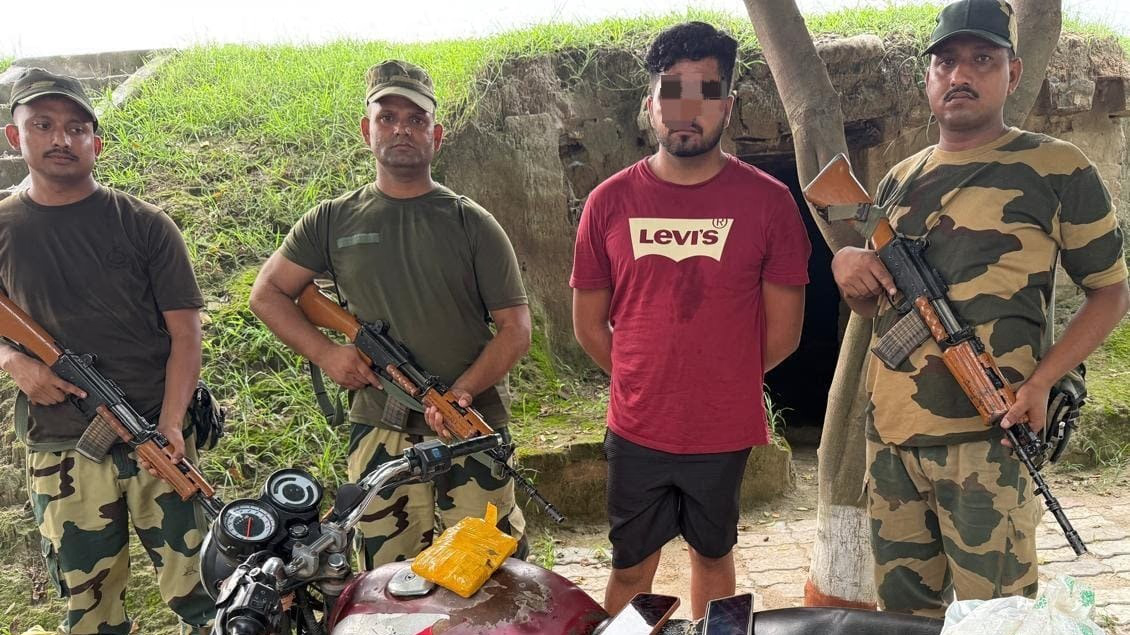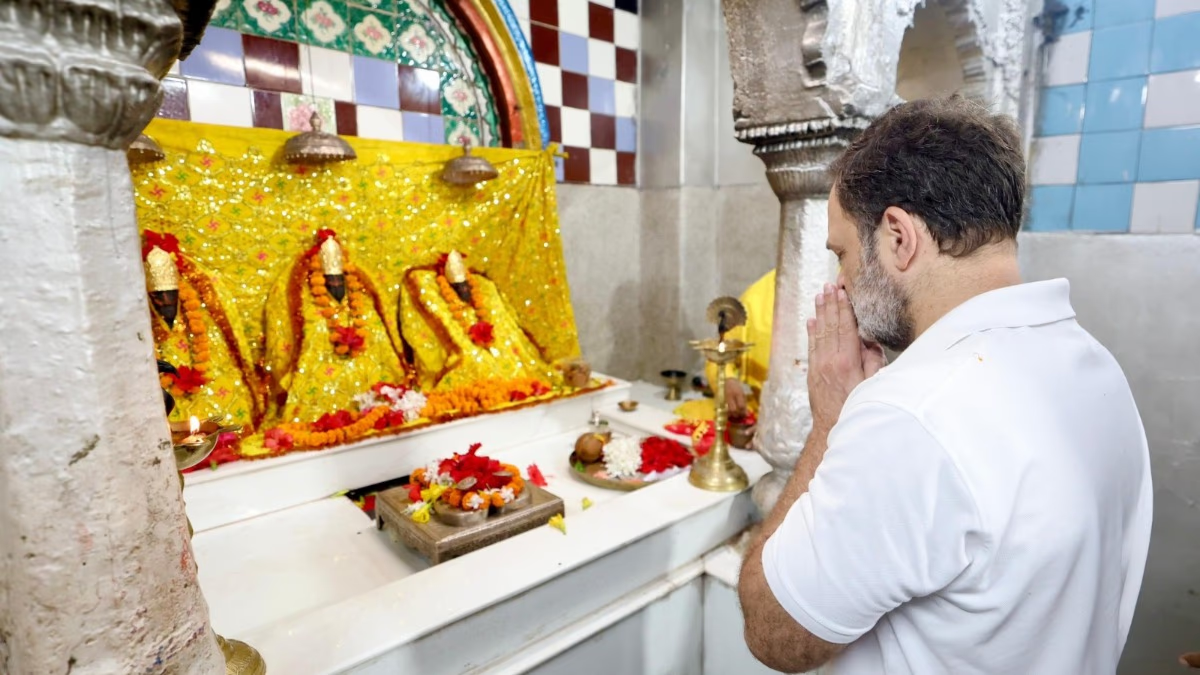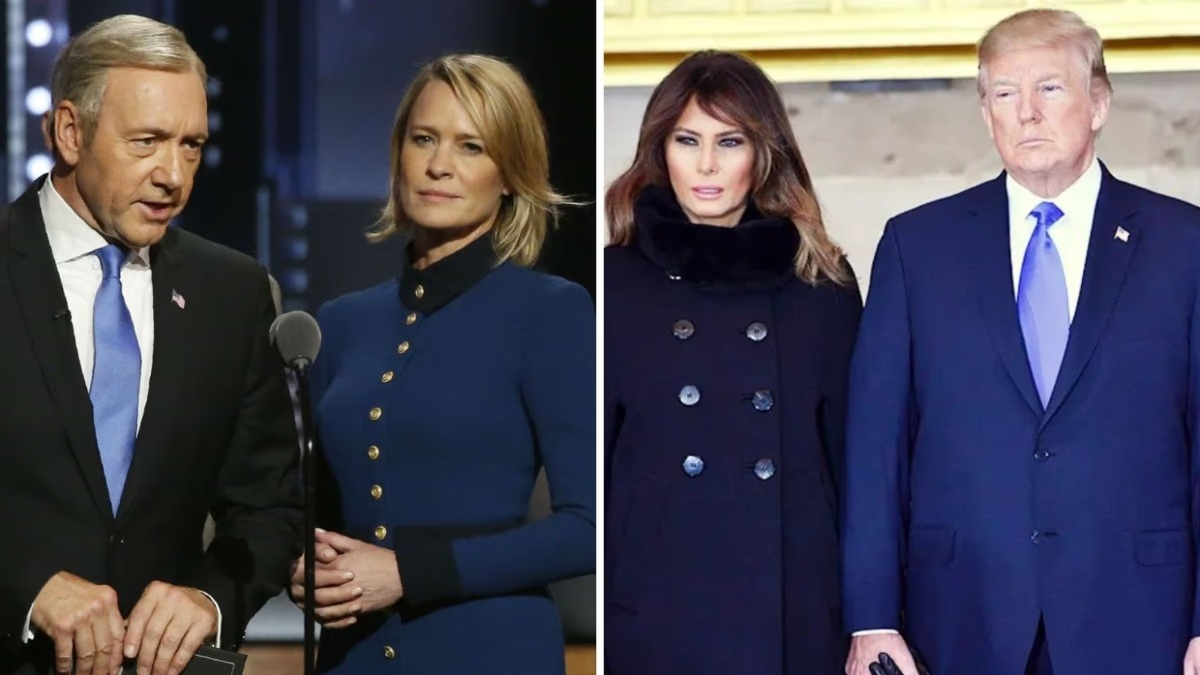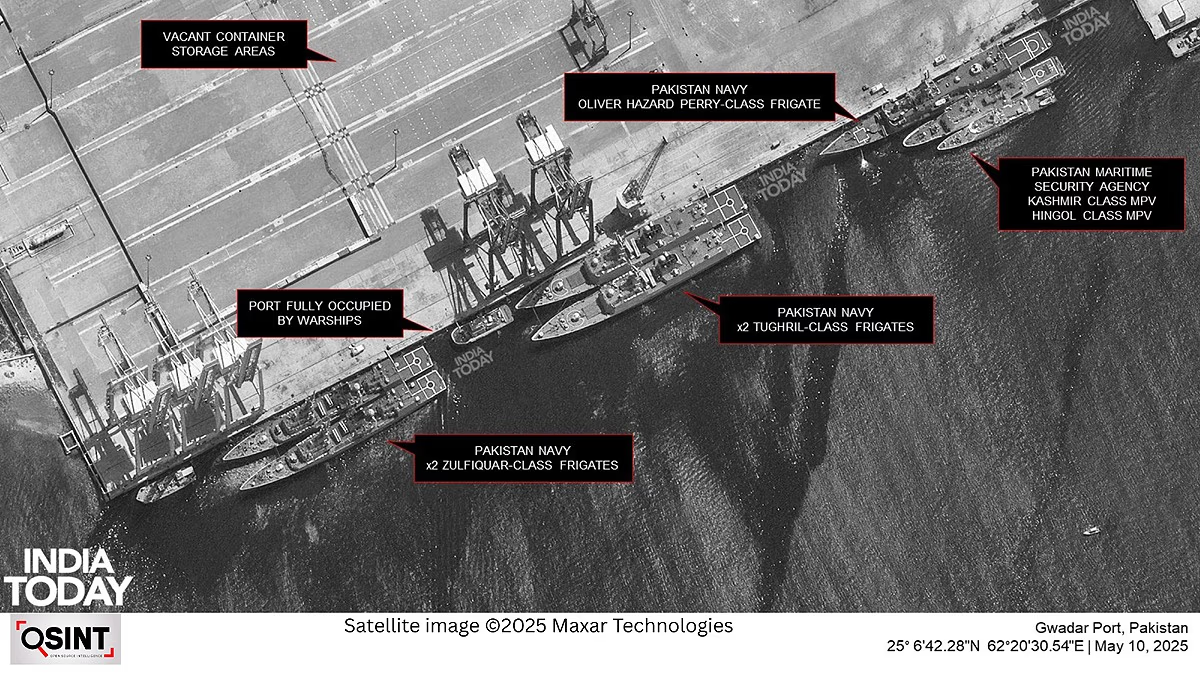The atmosphere in Europe is simmering, the reason being the conflict between Russia and Ukraine. The ongoing war since 2022 has taken a new turn. Russian leader Vladimir Putin has stipulated that if Ukraine yields its Donbas region, the war might cease. This Eastern Ukrainian area, largely under Russian control recently, is something Moscow wishes to officially seal as their own.
Recently in Alaska, Trump and Putin met. During this meeting, Ukraine was a topic of discussion, and that's when Moscow laid out its conditions. In exchange for a ceasefire, Russia wants Ukraine to cede its eastern part. This involves the areas along the Donets River, known collectively as Donbas, which includes Donetsk and Luhansk. These regions, near the border, have long been on Putin's radar. Even amid war, the Russian army has penetrated deep inside and operated from within.
The Russian leader stated clearly that only if Ukrainian forces retreat from Donetsk will a ceasefire be considered. Currently, Luhansk is almost entirely under Russian control, while approximately 30% of Donetsk remains with Ukraine. Moscow desires to free this portion for themselves.
Why Russia Wants Control Over Eastern Ukraine
Rich in minerals, Putin's interest in Donbas has been longstanding. It's not just a piece of land but could be akin to winning a lottery. Donbas is an area abundantly endowed with coal and various minerals. It houses heavy industries and factories, which hold substantial economic promise for Russia.
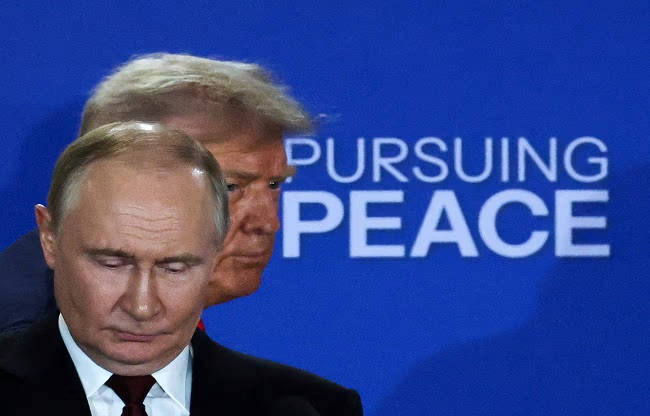
Source: aajtak
Donbas also holds strategic significance. This Eastern Ukrainian region adjoins the Russian border. If Russia controls this entire area, it would serve as a buffer, enhancing its security while pushing Ukraine westward.
A notable percentage of Donbas’s population speaks Russian and feels closer to Russia. According to the last census, about 75% of Donetsk's population speaks Russian. Culturally too, they are linked to Russia. Before the 2014 Russia-Ukraine conflict, residents advocated for strong ties with Russia. However, as the conflict escalated, the region's people became even more aligned with Russia.
After Crimea merged with Russia in 2014, locals openly rallied in support of Moscow. Intense battles ensued between Ukrainian forces and Russian supporters.
Several separatist groups in these regions continuously campaign in Russia's favor. Besides Donetsk, Luhansk also brims with Russia-supporting separatists. They've even declared independence from Ukraine. Ukraine sees them as its territory, while Russia continues to encourage their rebellion. A few years back, militants declared themselves as the People’s Republic, considering themselves part of the Russian Federation.
What Are the Geopolitical Dynamics?
Various media reports suggest around 88% of Donbas is now under Russian control. This includes nearly all of Luhansk and around 75% of Donetsk. Russia has focused its efforts on the frontlines of Donetsk, gradually advancing.
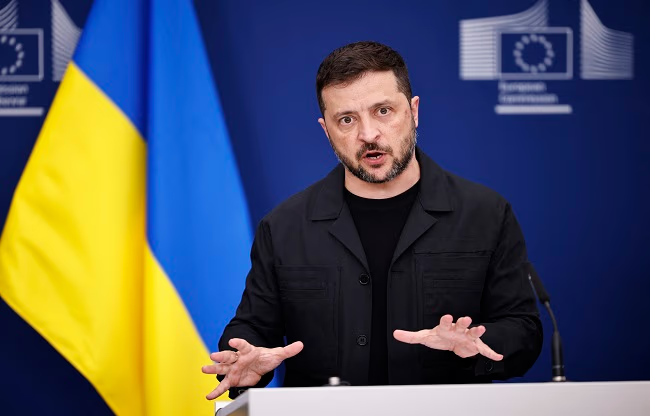
Source: aajtak
The Threat
For Ukraine's population, trading peace for this condition means possibly never returning home. If regions now under Russian control are officially recognized as Russia, locals may face displacement, or live amid discrimination and violence. There's concern Moscow won't stop at this, and might continue, engulfing all of Ukraine.
Millions Displaced
It's unclear how many Ukrainian civilians remain in areas heavily impacted by Russian forces. Entire cities lie in ruins. Consequently, the Ukrainian population has sought refuge in safer national cities or, traversing through Poland, sought asylum in other countries. The UN acknowledges that the conflict has displaced roughly 3 million Ukrainians internally, with over 6 million having sought shelter abroad.
The Ukrainian Leadership's Position
Ukraine anticipated Russia's conditions. Last week, Zelensky expressed concerns, vowing not to relinquish Donbas, fearing Putin might use these regions for further attacks.
Where Does America Fit In?
Most of Donbas is under Russian control. Meanwhile, ending the Russia-Ukraine conflict is a do-or-die situation for American leadership. Trump might press Ukraine for peace negotiations. Yet, openly doing so could threaten NATO and Ukraine's trust, tarnishing America's image. It’s possible behind closed doors, discussions on land-for-peace trades are underway, or preparations for such scenarios.

